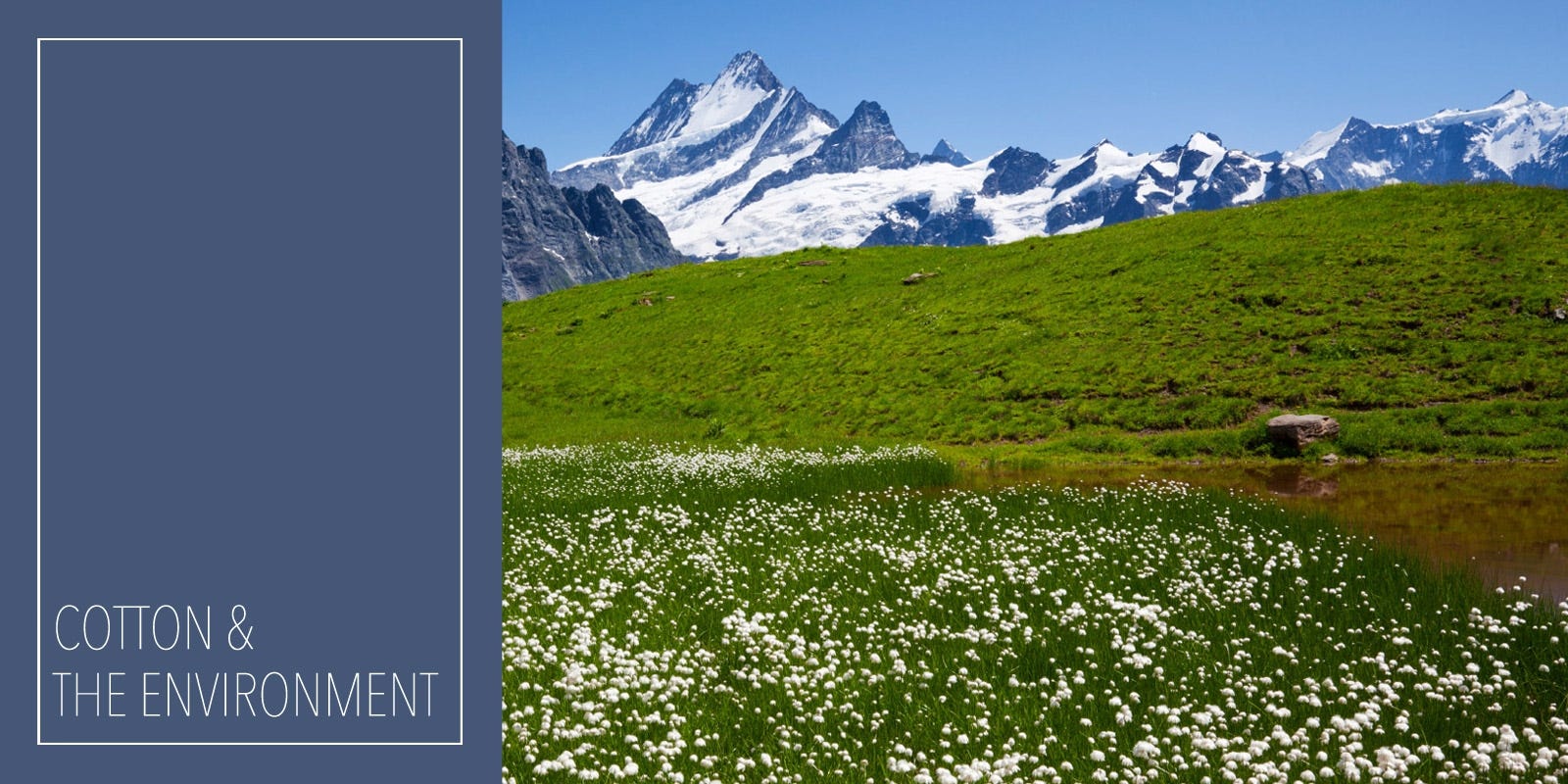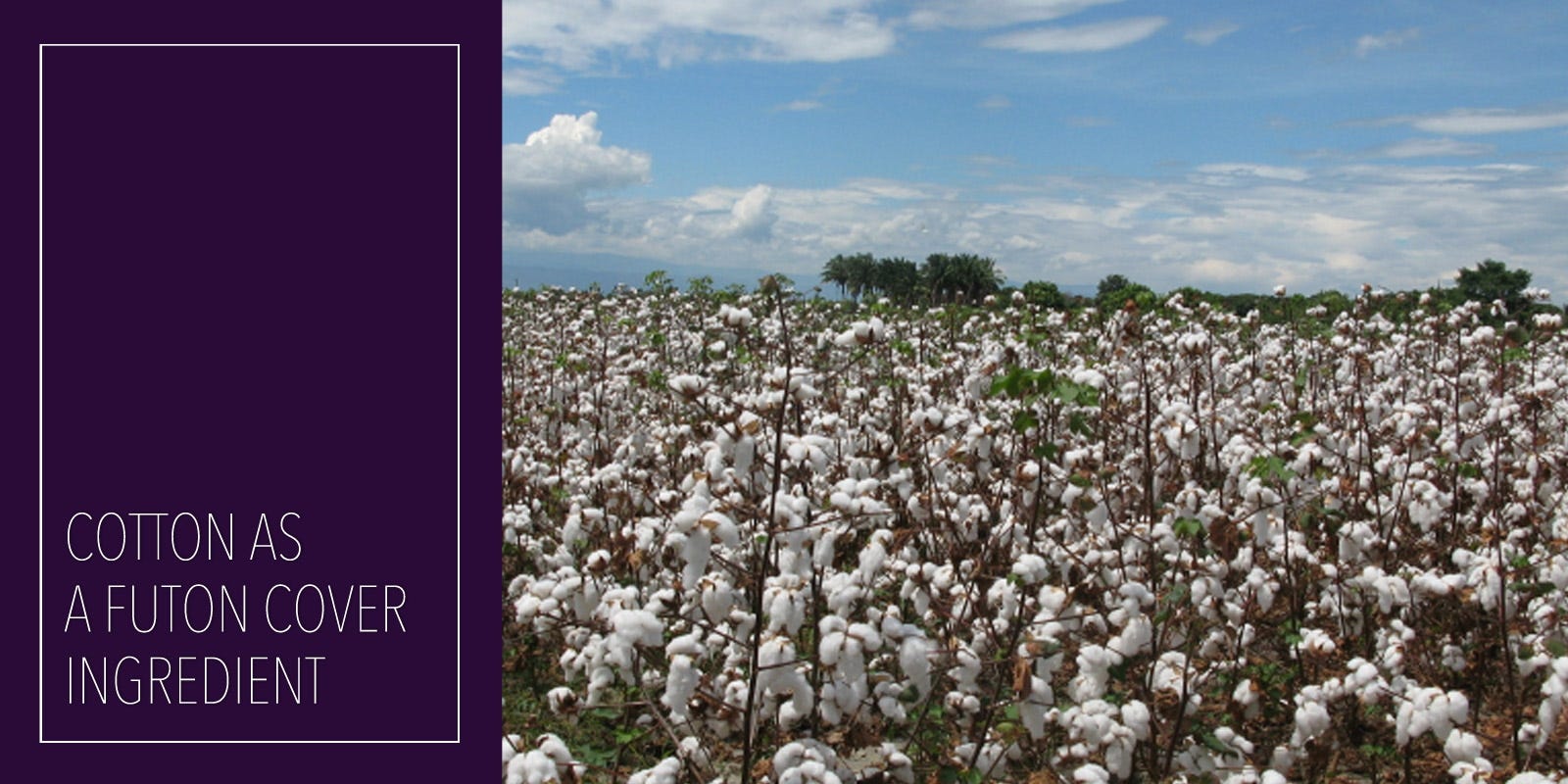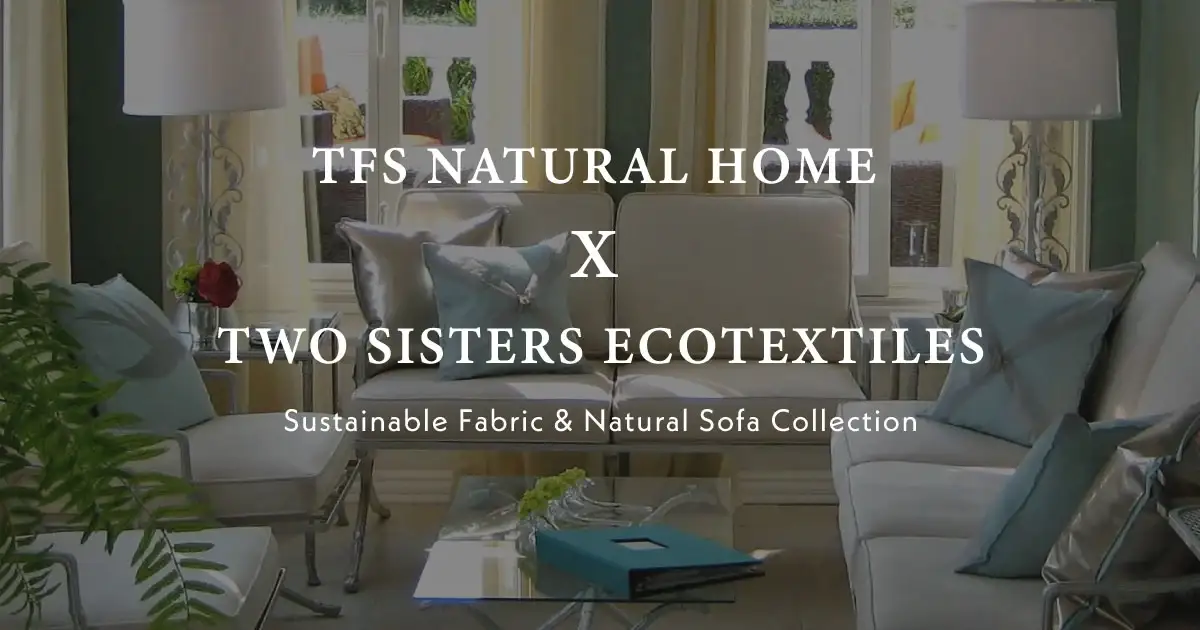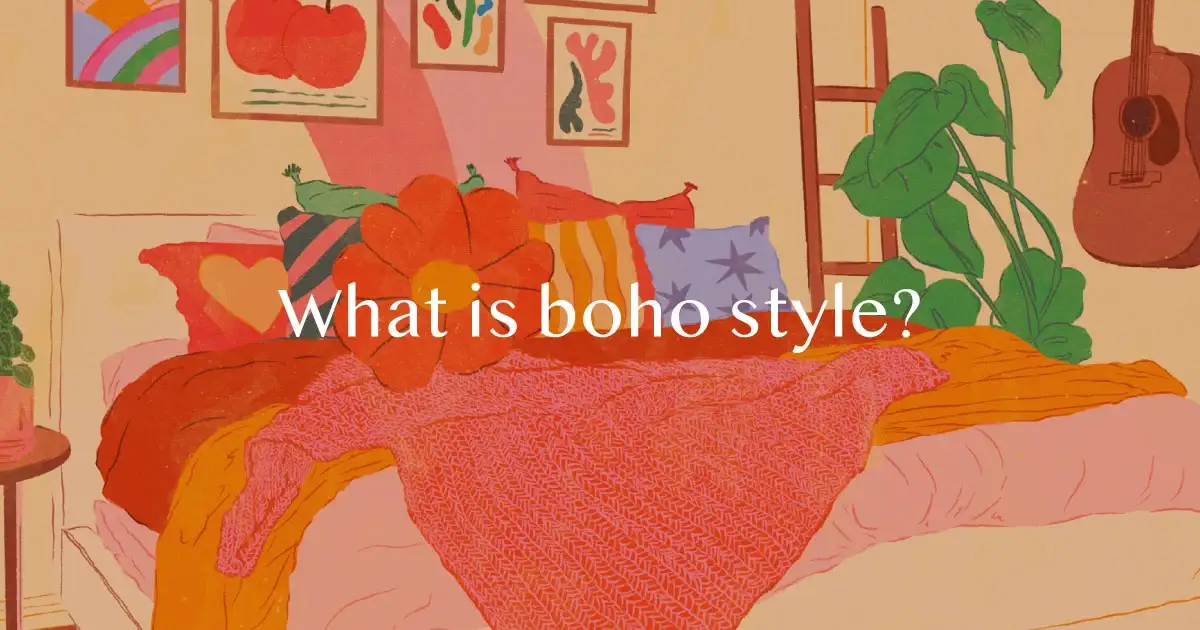
If you are thinking about purchasing a futon slipcover, pillow case, or any type of slipcover for that matter, it is important to consider the type of weave of the fabric. It is much more than just aesthetics, the weave of the fabric can affect the strength of fabric as well as how the fabric feels. Knowing how you will use your futon slipcover and pillows will help to determine which weave is right for you.

Futon slipcovers and pillows with a fabric weave are usually referred to as textured futon slipcovers and pillow covers. As a rule, the stronger the weave of a particular fabric, the more durable the fabric is. This is important for pet owners, as a tighter weave is necessary to resist clawing and pilling. If you are a pet owner, it might be wise to choose microfiber or leather, which are ideal for high traffic areas.

The three basic weaves are plain, twill, and satin. In the plain weave each filling yarn passes over and under the warp yarns, with the order reversed in alternating rows. Fabrics made in the plain weave include percale, muslin, taffeta, and poplin. Plain weave fabrics tend to have a looser weave, making them more flexible and wrinkle resistant.
Twill weaves are considered the strongest of the three basic types of weaves are can be identified by diagonal ridges on the face of the fabric. The yarns are interlaced in a manner producing diagonal ribs, ridges, or wales across the fabric. Wales may run from the upper right to the lower left of the fabric, or the reverse. The herringbone weave has wales running both ways. Twill fabrics include denim, gabardine, and flannel.
Satin weaves have a sheen produced by exposing more warps than fillings on the right side of the fabric. The exposed warps are called floats. In the sateen weave the process is reversed, and the exposed fillings form the floats. The amount of twist in the yarns and the length of the floats produce variations. Fabrics made in these weaves include slipper satin, satin crepe, and various sateen types. Satin weaves are not considered the most durable and tend to snag easily. A satin weave fabric is not recommended in high traffic areas or for homes with pets.

Being aware of the different types of weaves and how you will be using your slipcover will help you narrow down the most ideal fabric choice for your futon.
Choosing the right cover starts with What Are The Different Types Of Textile Fabrics?
- Check out this huge selection of Futon Slipcovers
- Check out this amazing selection of Organic Cotton Futon Slipcovers
- Check out this great selection of Microfiber Futon Slipcovers
- Check out this selection of Solid Futon Slipcovers
- Check out this fantastic selection of Patterned Futon Slipcovers
- Check out this superior selection of Textured Futon Slipcovers
- Check out this unique selection of Outdoor Futon Slipcovers
- Check out this selection of Cotton Futon Slipcovers
What Should I Look For When Buying A Bed Pillow? 
How To Choose The Perfect Throw Pillows? 
 If you choose to go organic then you want to make sure your slipcover is GOTS Certified Organic Cotton.
If you choose to go organic then you want to make sure your slipcover is GOTS Certified Organic Cotton.
 Learn the difference between What's The Difference Between Natural Cotton And Synthetic Cotton?
Learn the difference between What's The Difference Between Natural Cotton And Synthetic Cotton? Most Futon Slipcover fabric is cotton and knowing how it was harvested you can ensure you get a fabric that suits all your needs. Learn more about How Does Growing Cotton Affect The Environment?.
Most Futon Slipcover fabric is cotton and knowing how it was harvested you can ensure you get a fabric that suits all your needs. Learn more about How Does Growing Cotton Affect The Environment?.Everything You Need To Know About Futons



















